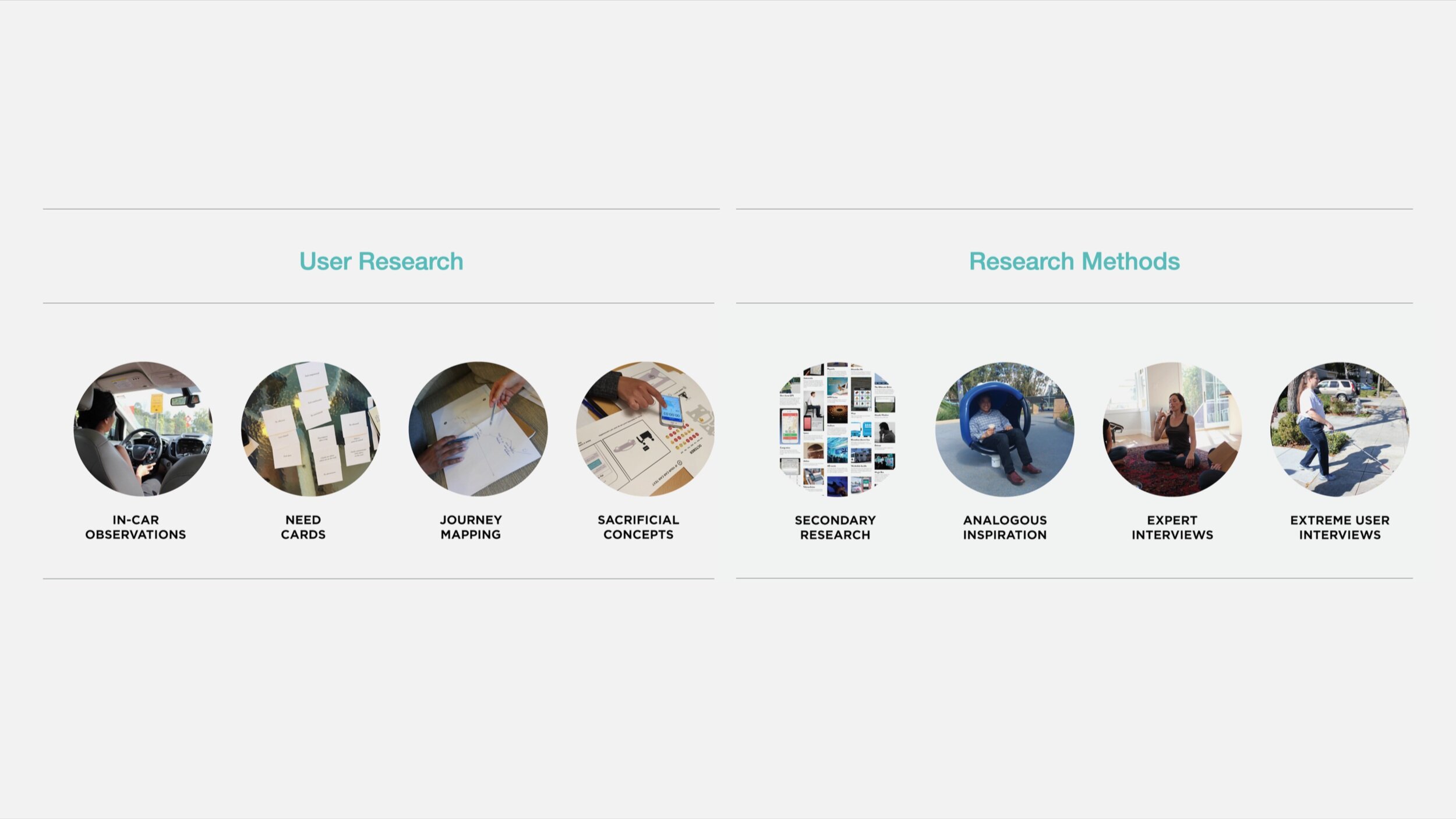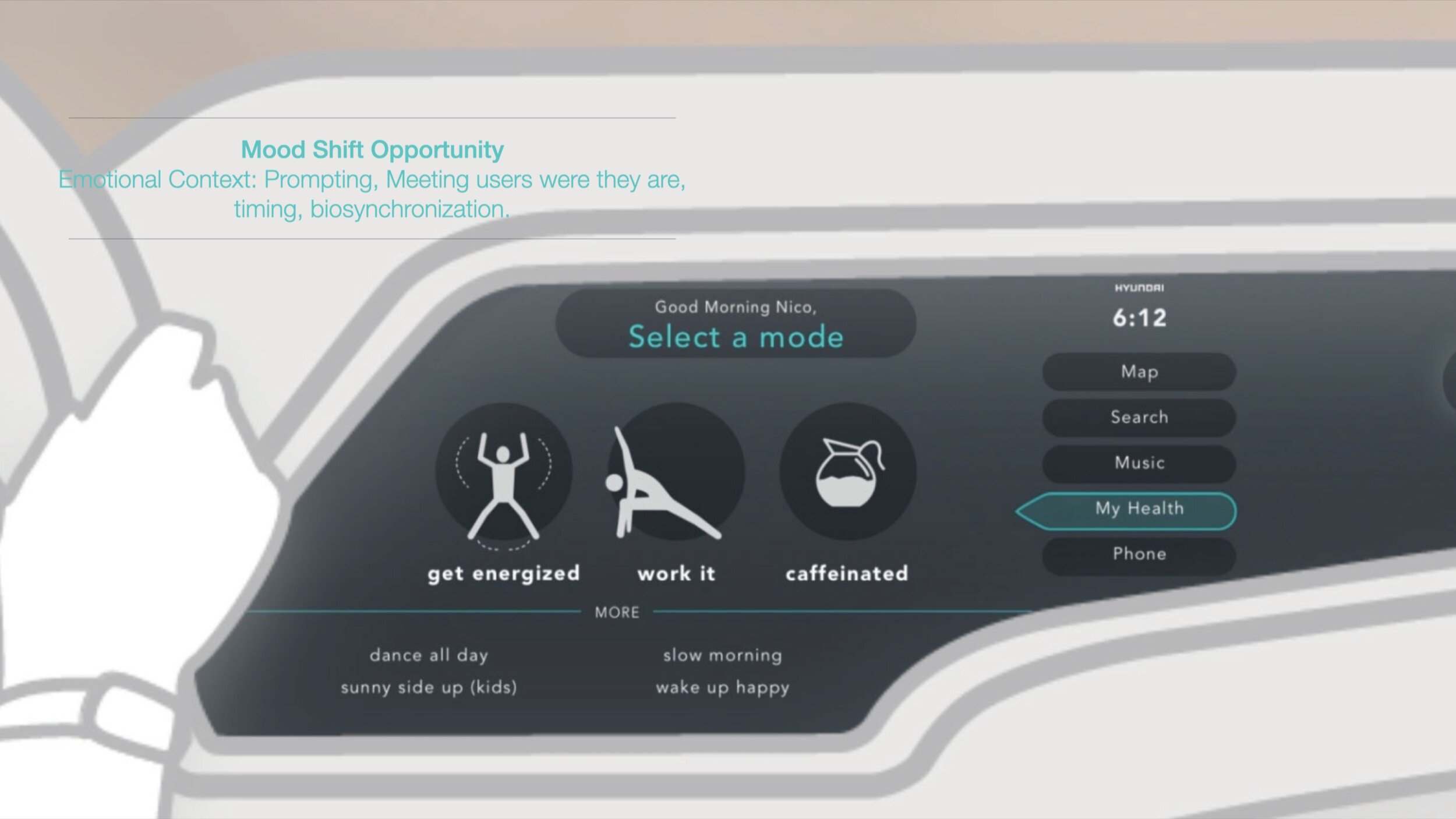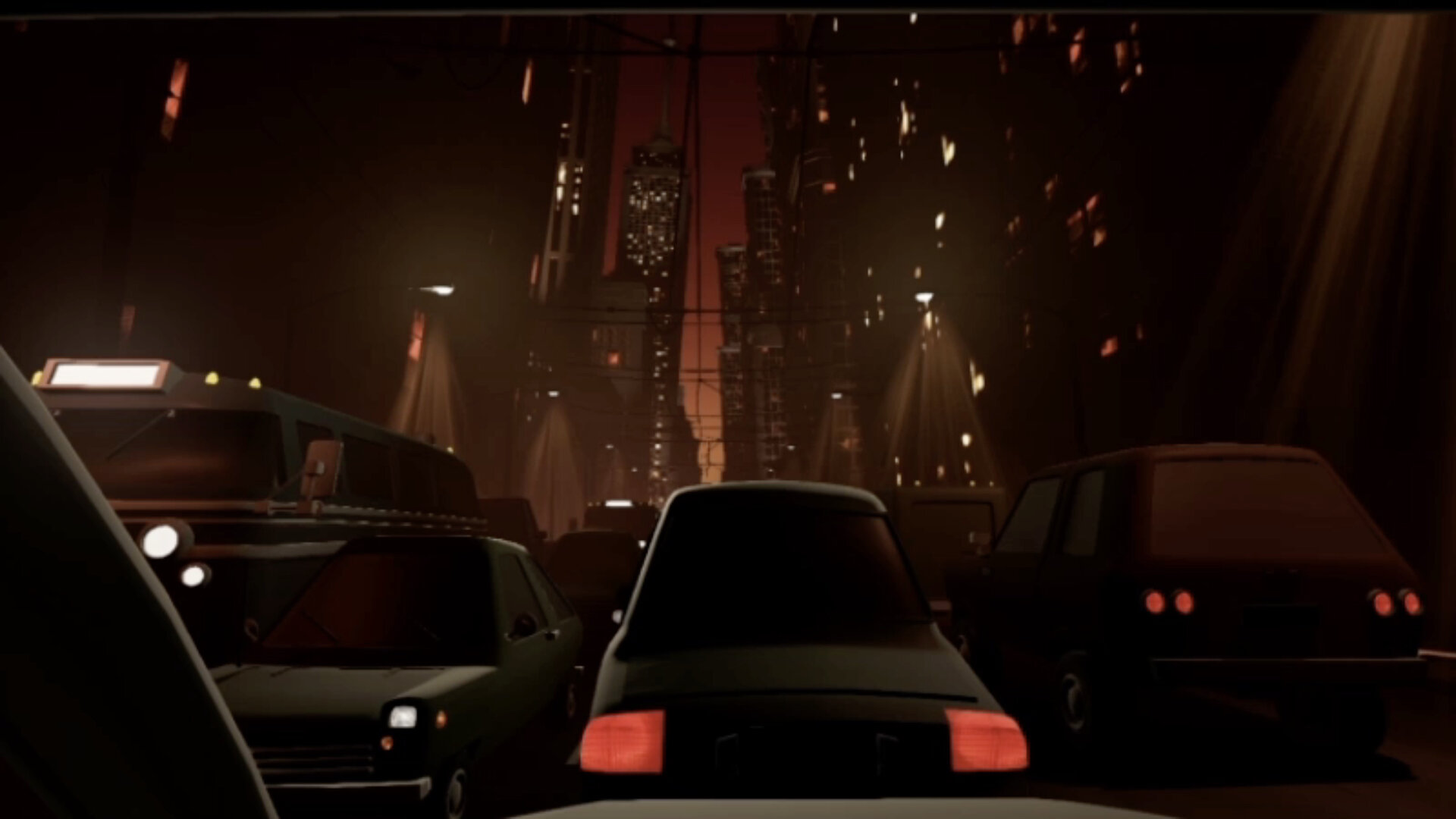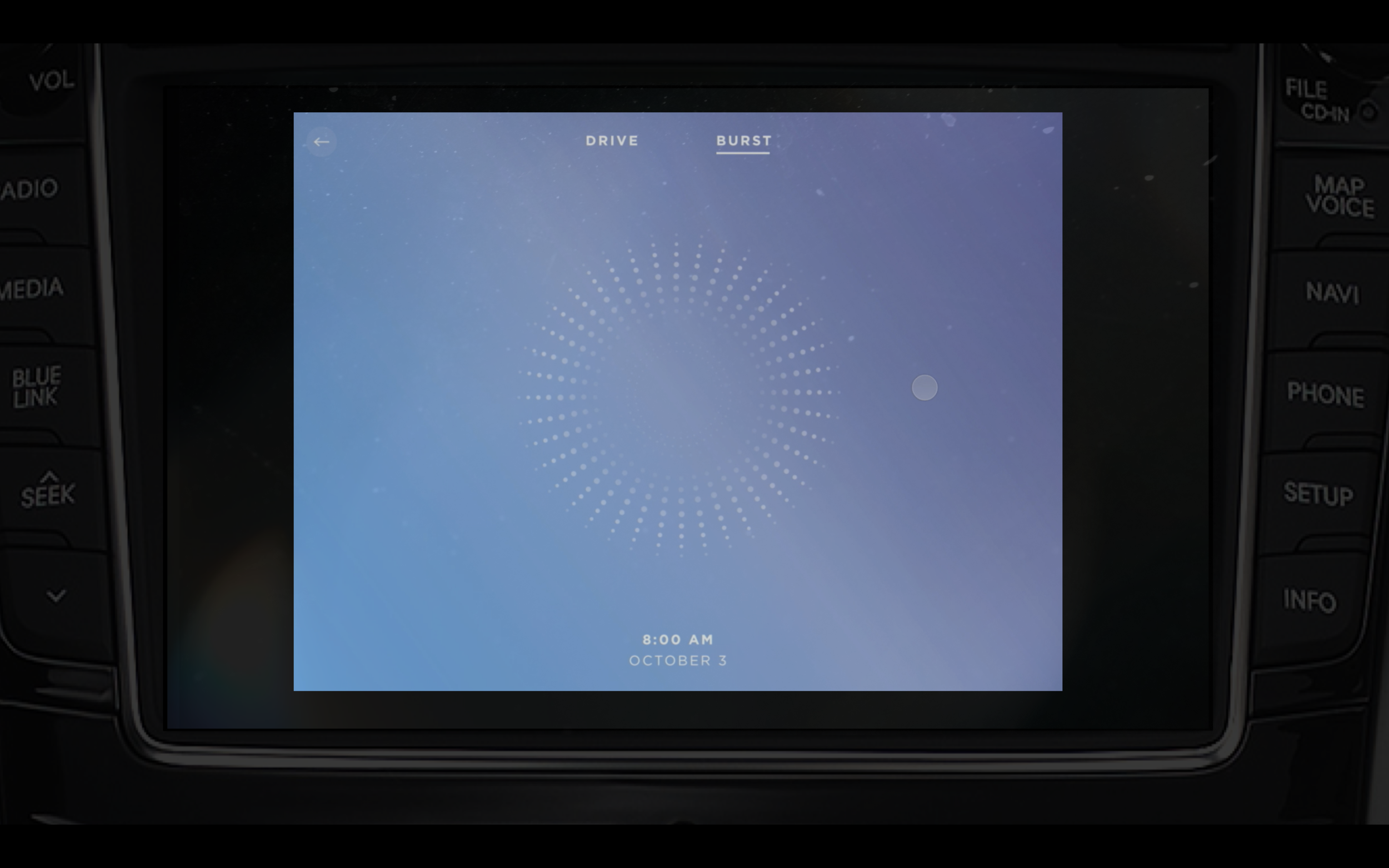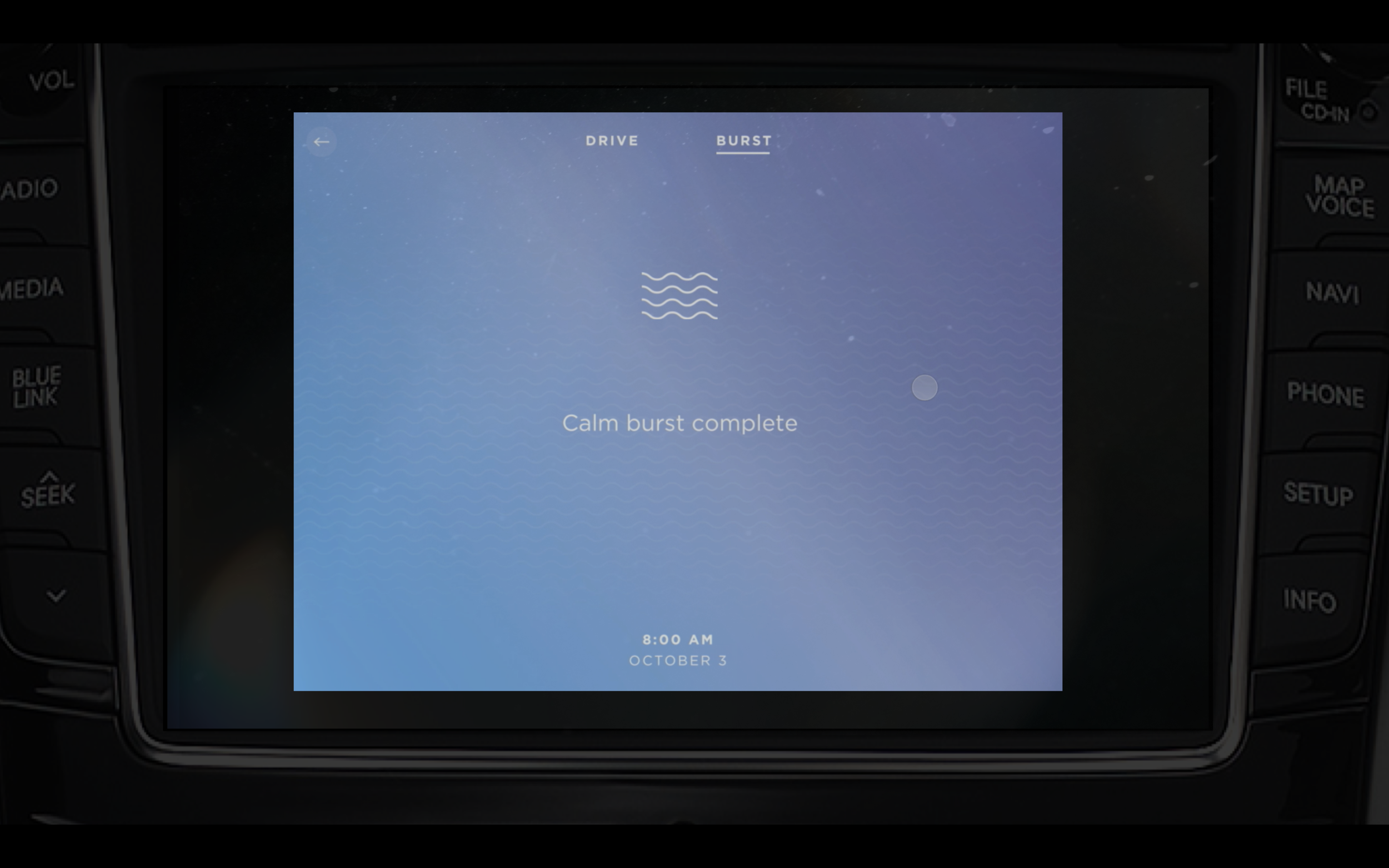Hyundai CES Exhibiton
Health + Mobility Experiential Demonstrations
About the CES Health + Mobility Exhibit
The Hyundai Motor Company booth featured interactive physical simulation stations and an immersive virtual reality experience, inviting visitors to explore how their moods can be influenced by a blend of sensory inputs. Through these innovative experiences, guests were able to discover the powerful impact of multi-sensory stimulation on emotional states, showcasing Hyundai's commitment to enhancing the human experience through cutting-edge technology.
Related Services
Interaction Design
Visual Interaction Design
Role
Interaction Design Director







